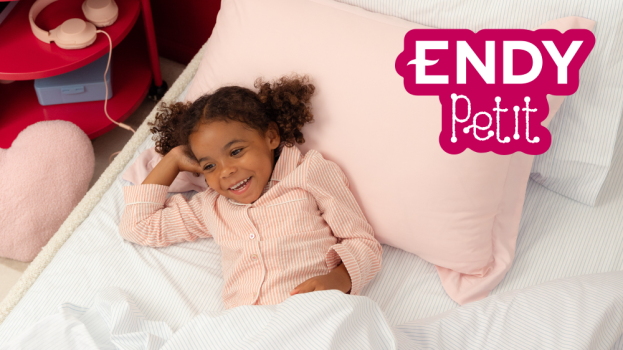Karl, the young, curly-haired sales guy looks like a diminutive version of Art Garfunkel. He’s throwing brand names at me faster than I can absorb them. Andrew, my 14-year-old son, is emerging from a growth spurt, which has rendered all his snowboarding gear obsolete. We’re here at The Source for a significant re-fit. I feel like Alice, in brand Wonderland. Right is wrong and marketing rules are being bent with impunity.
‘We’re a Burton coalition store.’ Karl proudly explains. That means his store is one of just a few permitted to offer this particular combination of super-misty, super-limited shit, which in turn means I now have the unique privilege to spend thousands of dollars putting a Sabbath boot in a Mission Greed binding which in turn will be screwed into a UNINC board. This is my first lesson in this strange, new, post-branding world and it’s a head spinner. Mass distribution of a product line is bad and super-limited is desirable.
A second revelation comes hard on the heels of the first and it decimates my belief in the benefits of brand haloing. I’ve been taught to believe in the power of assigning master brand names to brand extensions like putting the Dove soap name on a new Dove shampoo brand. That kind of thinking is a big no-no in this strange post-brand world. Burton jackets aren’t Burton jackets; they’re Analog Battle Jackets. A Burton helmet isn’t a Burton helmet; it’s a R.E.D. Self-Defense System. The goggles are ANONs, with sub-sub brand names such as Halcyon, Anagram and the like.
Andrew nods knowingly throughout all of this. I feel left out. ‘It’s got the pig with the X,’ Karl explains. In my world ‘pig’ is bad and ‘X’ is bad but in this world, these two universal symbols of negativism are good. Bad is good. That would be lesson number three.
‘How do you know about all these brands names?’ I ask Andrew. He and his buddies from school go to a few select stores to eye the merchandise. It’s a fun outing. ‘They like us to come and look around. The sales guys are happy to see us. They give us free stickers and stuff.’
I can’t remember the last time any sales person was happy to see me not buying something. West 49, Hogtown, and The Source are not just stores; they’re media. The kids go, with no intention of buying. The sales people know the kids aren’t buying. The kids are welcome! The kids leave with brand stickers tucked in their backpacks and brand names tucked away in their brain cells. The store as medium – that’s lesson number four.
I guess lesson number five is the realization that these ‘skater/boarder’ marketers avoid mass media like the plague. Back home, Andrew has my undivided attention when he says much of his brand awareness comes from his Tony Hawk Sony Playstation game. He shows me how this works. He creates his own skater character from scratch. He selects the character’s sex, hair, height, weight from a dragdown menu. The character on the split screen transforms with each click.
‘Here are the different brand names I can put on his hat.’ A long list of brands with names like CIRCA, Bolcom, CKY, Billabong, Birdhouse, Entries, Quicksilver, Neversoft, Flip, Element and Shorty’s can be selected. It’s a dizzying array of brand logos, an electronic version of dressing a Barbie doll.
Andrew looks up at me from his console and I wonder if he senses my state. Today I dropped a bundle on brand names that deliberately shun broad distribution, re-brand every extension, use negative symbols for logos, sell through stores that are happy to have their young, male customers not buy, and stay clear of mass media by focusing on narrow, niche tactics. For the first time, I realize I have been excluded by a marketer.
In fact, I get the sense this marketer has earned my son’s respect because I’ve been unreached.
And that means I’ve been unreached by an antibrand in a postbrand world.
Rob Young is one of the founders of Toronto’s PHD Canada (formerly HYPN). He can be reached at: ryoung@phdca.com.























